Biomedical Engineering Reference
In-Depth Information
2000] found that microcurrent stimulators do no better than placebo in treating depression,
anxiety, and insomnia. When confronted, microcurrent stimulator manufacturers quickly
tell you all about conspiracies against them and cite their own studies [Kirsch, 1999]. The
debate for their e
ectiveness continues. We remain among the skeptics.
All other forms of energy therapy are either untested or unveri
ff
ed. Electroacupuncture
and auricular acupuncture (acupuncture limited to the ear) claim to deliver currents to
various “acupuncture points” to relieve pain and cure disease by correcting “imbalances”
in the
fi
flow of “life energy.” MORA units purportedly select, amplify, and reintroduce into
the body the patient's own “good electromagnetic oscillations”
fl
filtering out the “patho-
logical oscillations.” Other unproven contraptions (e.g., Bioresonance, Rife, Zapper, and
Radionic devices) claim to use sound and radio waves supposedly “tuned to the resonant
frequency” of various pathogens to kill cancer cells, viruses, bacteria, and fungi. Again,
we are skeptics.
fi
REFERENCES
Anderson, D. J., K. Najafi, S. J. Tanghe, D. A. Evans, K. L. Levy, J. F. Hetke, X. Xue, J. J. Zappia,
and K. D. Wise, Batch-Fabricated Thin-Film Electrodes for Stimulation of the Central Auditory
System,
IEEE Transactions on Biomedical Engineering
, 36, 693-704, 1989.
Bak, M., J. P. Girvin, F. T. Hambrecht, C. V. Kufts, G. E. Loeb, and E. M. Schmidt, Visual Sensations
Produced by Intracortical Microstimulation of the Human Occipital Cortex,
Medical and
Biological Engineering
, 257-259, 1990.
Ben-Haim, S., N. Darvish, M. Fenster, and Y. Mika, Electrical Muscle Controller, U.S. patent
6,363,279, 2002.
Bickford, R. G., and B. D. Fremming, Neural Stimulation by Pulsed Magnetic Fields in Animals and
Man,
Digest of the 6th International Conference on Medical Electronics and Biological
Engineering
(Tokyo), Abstract 7-6, 1965.
Brighton, C. T., W. Wang, R. Seldes, G. Zhang, and S. R. Pollack, Signal Transduction in Electrically
Stimulated Bone Cells,
Journal of Bone and Joint Surgery
, 83-A, 1514-1523, 2001.
Burkhoff, D., I. Shemer, B. Felzen, J. Shimizu, Y. Mika, M. Dickstein, D. Prutchi, N. Darvish, and
S. Ben-Haim, Electric Currents Applied during the Refractory Period Can Modulate Cardiac
Contractility In Vitro and In Vivo,
Heart Failure Review
, 6(1), 27-34, 2001.
Daskalov, I., N. Mudrov, and E. Peycheva, Exploring New Instrumentation Parameters for Elec-
trochemotherapy,
IEEE Engineering in Medicine and Biology
, 62-66, January-February 1999.
Emergency Care Research Institute (ECRI), Health Technology Assessment Information Service,
Electrical Stimulation for the Treatment of Chronic Wounds
, 1996.
George, M. S., E. M. Wassermann, W. A. Williams, A. Callahan, T. A. Ketter, and P. Basser, Daily
Repetitive Transcranial Magnetic Stimulation (rTMS) Improves Mood in Depression,
Neuroreport
, 6, 1853-1856, 1995.
George, M. S., E. M. Wassermann, W. A. Williams, J. Steppel, A. Pascual-Leone, and P. Basser,
Changes in Mood and Hormone Levels after Rapid-Rate Transcranial Magnetic Stimulation
(rTMS) of the Prefrontal Cortex,
Journal of Neuropsychiatry and Clinical Neuroscience
,8,
172-180, 1996.
George, M. S., E. Wassermann, T. Kimbrell, J. Little, W. Williams, and A. Danielson, Mood
Improvement Following Daily Left Prefrontal Repetitive Transcranial Magnetic Stimulation in
Patients with Depression: A Placebo-Controlled Crossover Trial,
American Journal of Psychia-
try
, 154, 1752-1756, 1997.
Hambrecht, F. T., Visual Prostheses Based on Direct Interfaces to the Visual System,
Bullieres's
Clinical Neurology
, 4, 147-165, 1995.
Hochmair, E. S., An Implantable Current Source for Electrical Nerve Stimulation,
IEEE Transactions
on Biomedical Engineering
, 27, 278-280, 1980.

Search WWH ::

Custom Search